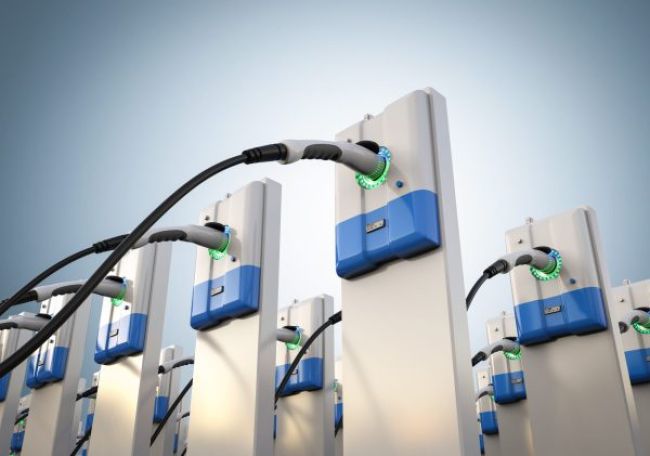
New EPA Rules Proposal: How Will You Prepare Your Fleet?
In April, the Biden administration raised the stakes on its ambitious emissions targets, proposing new rules affecting all vehicle classes starting from model-year 2027. With the U.S. Environmental Protection Agency projecting significant increases in electric vehicle market share across various categories by 2032, the proposal is seen by many as a faster route to electrification.
But some industry leaders, like Chris Spear of the American Trucking Associations, have voiced concerns about the feasibility of the timelines, mainly for heavy-duty vehicles.
Since tighter restrictions seem likely to proceed despite the concerns, what should you consider as you prepare your fleet to navigate the uncharted waters?
Balancing Pressures and Expectations
As your fleet transitions to EVs, you’ll likely face conflicting pressures from senior management and internal customers. On one hand, executives have committed to ambitious zero-emissions targets for the company and the fleet, which may be challenging to achieve with factors outside your control.
On the other hand, internal customers require the right vehicles to be readily available when needed, especially in emergency response situations. You can’t afford to have vehicles out of service because OEMs can’t supply them in time.
To manage these pressures, focus on setting realistic expectations with senior management and your customers. Be candid about the challenges and potential roadblocks in the transition process, as well as the time and resources required to make the shift.
Navigating Product Gaps
Begin preparing for OEM production gaps if the transition to EVs does not progress smoothly or if sufficient EV products are not readily available as internal combustion engine (ICE) vehicles get gradually phased out.
To mitigate disruption to your fleet, consider reevaluating your vehicle cycling strategy during the EV transition. This may involve:
- Extending the life of ICE vehicles to ensure a sufficient number of operational vehicles are available, even as an emergency pool.
- Anticipating a potential buy-ahead boom for ICE vehicles before new emissions rules take effect and adjusting procurement strategies accordingly.
Addressing Infrastructure Challenges
Consider these aspects when addressing infrastructure challenges:
Charger build-out plan: Develop a strategic plan for deploying charging infrastructure at key locations, considering factors such as vehicle types, charging speeds and daily usage patterns. This plan should be closely coordinated with your vehicle acquisition schedule to ensure the seamless integration of new EVs into the fleet.
Charging resiliency: Create a mobile charging plan for emergency response. This will involve backup power sources, such as mobile generators or energy storage systems, to ensure continued access to charging facilities in the field during emergencies when there’s no power from the grid.
Addressing Workforce Challenges
As the transition to EVs accelerates, consider the impact on your workforce, specifically with diesel mechanics. With a growing shortage of diesel technicians, maintaining ICE vehicles during the transition period will require a thoughtful approach to staffing.
Here are four strategies for managing your garage staffing effectively during the transition:
1. Retain and train existing diesel mechanics. Focus on keeping your experienced diesel mechanics and providing them with growth and professional development opportunities.
2. Encourage young technicians to enter the field. Despite the perception that diesel technology may have a limited future, there will still be a need for diesel mechanics during the transition period. Promote the value of diesel technician skills and create attractive career paths for young techs.
3. Cross-train technicians in EV maintenance and repair. To ensure a versatile workforce, offer training programs that enable diesel mechanics to develop EV maintenance and repair skills. This approach will create a pool of technicians capable of working on both conventional vehicles and EVs.
4. Partner with educational institutions. Collaborate with local technical schools or colleges to develop training programs and curricula that address the needs of both diesel and electric vehicle maintenance. This partnership can help to create a steady pipeline of qualified technicians entering the workforce.
The Bottom Line
While you may not have control over the upcoming EPA standards or the OEMs’ capacity to meet them, you do have the power to shape your response to these changes. By proactively addressing potential disruptions and adapting your strategies, you can ensure a smooth and successful transition to a cleaner, more efficient fleet without being caught off guard.

